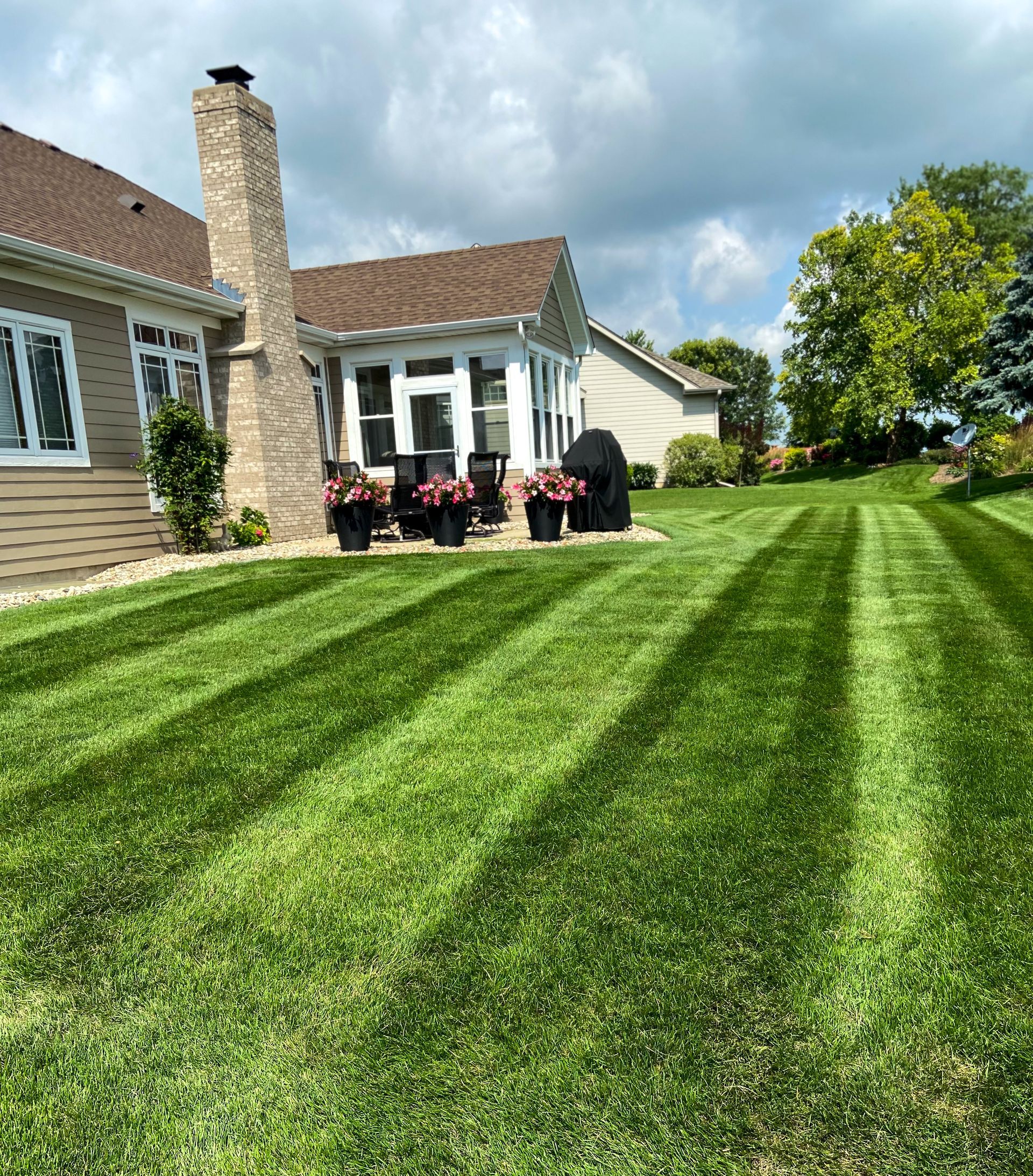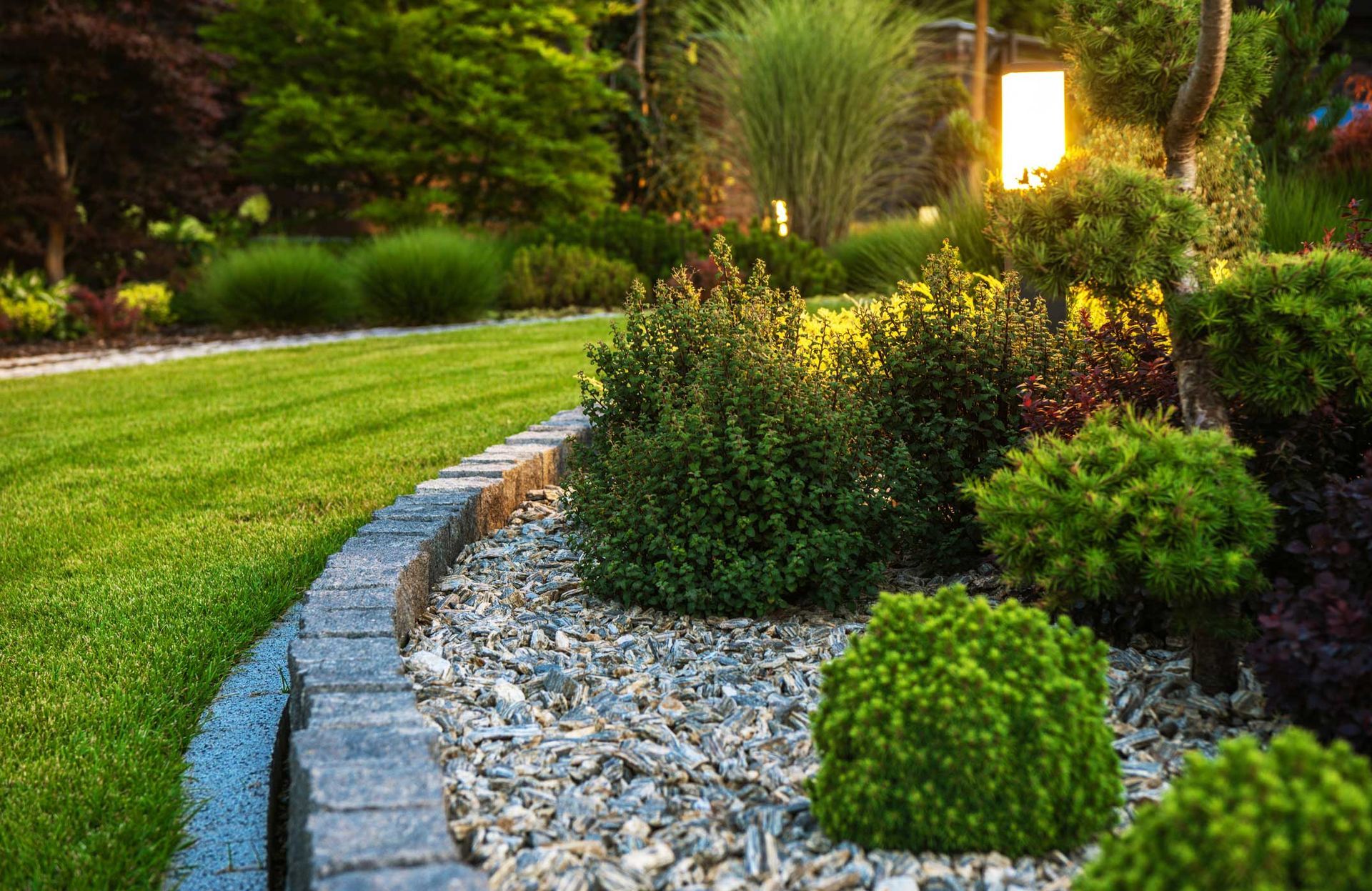learn how dethatch and aeration can turn your lawn looking bright and healthy

Aeration is the process of perforating the soil with small holes to reduce compaction, improve drainage, and allow air, water, and nutrients to penetrate the grass roots.
- Alleviates soil compaction, allowing roots to grow deeper.
- Improves water absorption and reduces puddling.
- Enhances oxygen flow to the root zone.
- Boosts the effectiveness of fertilizers and overseeding.
Dethatching is the process of removing the layer of thatch—a dense, spongy mat of dead grass, roots, and debris that accumulates between the soil and the base of your grass.
- Improves water penetration to the soil.
- Allows air and nutrients to reach grass roots.
- Prevents disease and pest infestations, which thrive in thick thatch layers.
- Promotes stronger, healthier grass growth.
Signs Your Lawn Needs Aeration:
1.Compacted Soil: The lawn feels hard underfoot, and it’s difficult to insert a screwdriver or similar tool into the soil.
2.Water Issues: Puddling or poor drainage occurs after watering or rain.
3.Thinning Grass: Grass appears weak or sparse, even with adequate watering and fertilizing.
4.High Traffic Areas: Heavy use of the lawn (e.g., kids or pets playing) compacts the soil.
5.Clay Soil: Lawns with clay-heavy soil are more prone to compaction and benefit from regular aeration.
6.Poor Root Growth: If you notice grass roots are shallow when you dig up a small section, aeration can help them grow deeper.
TIMING FOR DETHATCH AND AERATION
Dethatching:
- Best done during the growing season when grass can quickly recover.
- Cool-season grasses: Early spring or early fall.
- Warm-season grasses: Late spring or early summer.
Aeration:
- The ideal time depends on the type of grass. Aerate during the grass’s peak growing season for optimal recovery.
- Cool-season grasses: Early spring or early fall.
- Warm-season grasses: Late spring to early summer.
By recognizing the signs and timing these practices correctly, you can significantly enhance your lawn’s health and appearance. Both dethatching and aeration are investments in a greener, thicker lawn that thrives year-round.







